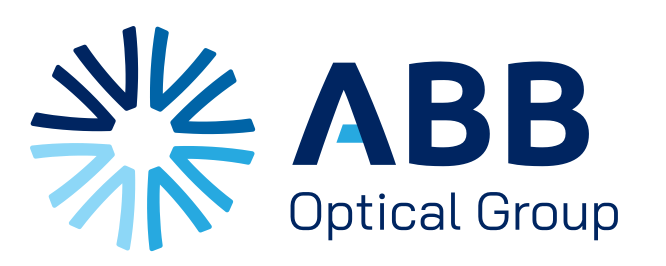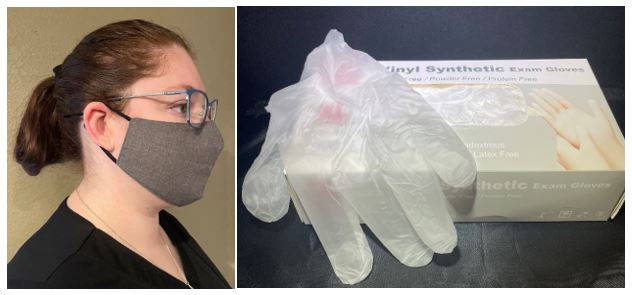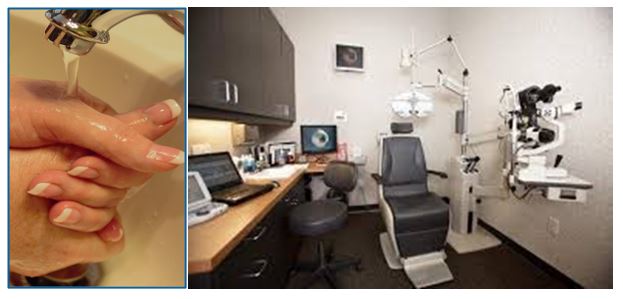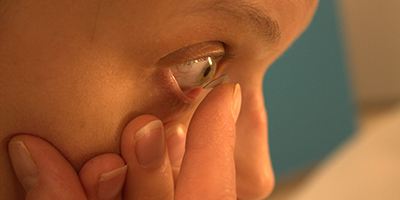
Safety in Today’s Environment
The workplace today definitely looks different than a year ago, with new procedures in place to ensure the safety of patients and staff since the outbreak of COVID-19. As we adapt to these changes it’s helpful to know what may be expected at the office.
COVID-19 can spread easily through respiratory droplets while being in close contact to one another. It is important for eyecare practices to have policies in place documenting how to decrease or stop the spread by maintaining proper distancing and cleaning procedures.
These are six suggested areas to address to slow down the spread of this virus and other illnesses.
- Screening
- Social distancing
- Use of Personal Protective Equipment (PPE)
- Sneeze and breath guards
- Handwashing
- Exam room and common areas cleanliness
Providing a questionnaire is the basic required screening procedure. Questionnaires should include information on symptoms, recent travels, and possible exposure to the virus. Taking the patient’s temperature to screen for fever is another common procedure many offices have instituted.
Institute social distancing by limiting close contact in seating areas. Chairs and standing area should be at least six feet apart in the reception area. Patients may be asked to wait in their car until the time of their appointment and should come alone unless absolutely necessary, to limit exposure in the office.
Employers are obligated to provide their workers with the PPE needed to keep them safe while performing their jobs. The types of PPE required during a COVID-19 outbreak is based on the risk of being infected with the illness while performing job tasks that could lead to exposure. Masks should be worn by all personnel. Gloves and face shields/eye protection may be required if personnel are consistently within six feet of the patient’s face. The practice should have masks available for patients who arrive without one.
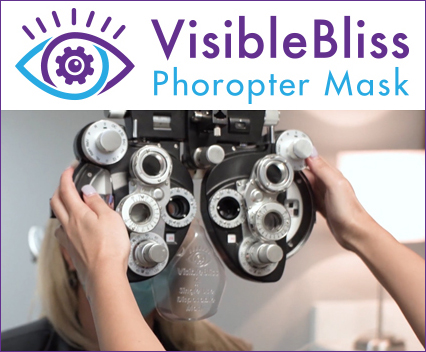
Having a barrier between you and the patient not only gives them peace of mind but it protects you as well. A breath/protective shield should be placed at any equipment that both you and the patient come in contact with.
The VisibleBliss™ Phoropter Mask is an example of how to add an extra level of protection at the phoropter. This single use/recyclable mask attaches to the back of the phoropter and is designed to add an extra layer of protection between the practitioner and patient, all while helping to reduce fogging of the lenses. To learn more, visit abboptical.com/vb.
Of course, it is important for all staff and patients to follow proper hand washing techniques and wash their hands often. Hand sanitizer (at least 60% alcohol) should be used if soap and water are not available.
To lower the risk of spreading the virus, surfaces should be wiped down regularly. Schedule routine cleaning and have a plan in place that will ensure all staff is aware of cleaning protocols and how disinfecting can be done properly.
Rooms and equipment should be wiped down between each use. Your cleaning solution should be approved to kill the COVID-19 virus. If a cleaning solution is not available, 70% alcohol solutions can be used instead.
Consider following these guidelines to make the office a safer space for everyone:
